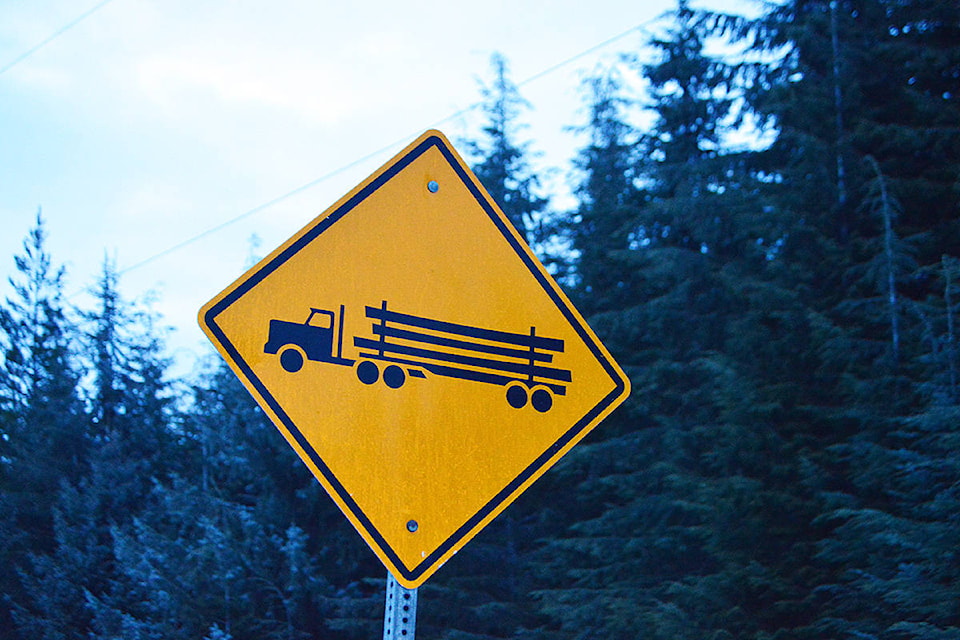B.C.’s forests watchdog has found the harvest practices of BC Timber Sales are meeting all legal requirements in the Naikoon area.
Haida Gwaii’s Cloudberry Action Network filed the complaint with the Forest Practices Board (FPB) in October 2017, concerned of BCTS’s increased rate of harvesting western red and yellow cedar in the licence area. The file also asked the board to investigate whether the company’s practices overall were within the Haida Gwaii Lnd Use Objectives Order and whether they were meeting the intent of the 2010 ecosystem based management (EBM) plan.
The FPB report on BCTS’s cedar stewardship, watershed-level hydrologic processes and landscape-level conservation of biodiversity found all planning and practices were compliant with the order and the EBM outlined within it.
“We are pleased to find that the objectives have been implemented through sound forest practices on the ground,” said Kevin Kriese, board chair in a press release. “The board recognizes that EBM is intended to achieve both ecological integrity and human well-being, and that monitoring and adaptive management are needed.”
The Naikoon LU encompasses 109, 582 hectares of land on the northeastern corner of Graham Island.
The FPB findings state BCTS has harvested more then 72,000 cubic metres annually in the past five years, far above the 38,000 cubic metres averaged 20 years prior to that. BCTS told the FPB the increased harvest was to take advantage of favourable markets.
READ MORE: BCTS receives vote of non-confidence
The FPB report noted that questions continue to be raised beyond BCTS’s planning and management, related to the distinctive decision-making framework between the province and the Haida Nation in addition to the unique EBM approach, which need attention at a higher level than the Solutions Table.
“A comprehensive consensual cedar strategy, as recommended by the chief forester, could go far in addressing this issue,” the report reads.
“Appropriate implementation of EBM to maintain ecological integrity while meeting societal needs is challenging. Many objectives are broad with undefined time periods to assess success. EBM intends to balance a goal for ecological integrity with a social goal for human well-being, even though at times the two may be in conflict. EBM could be characterized as a complicated problem that has a number of different solutions and no single right test or true test of a solution.”
Following up a second, separate complaint near Skidegate Lake on north Moresby Island, a FPB investigation near Skidegate found the activities of several companies were also in compliance with regulations
The complainant alleged forestry activities by A&A Trading, Taan Forest, and BC Timber Sales resulted in landslides, road failures and impacts on fish-bearing streams. Concerns were also raised that the ecological representation targets for old forest were not being met.
“Board investigators did not find any evidence that primary forest activities caused a landslide that had a material adverse effect, or that cutblocks and roads contributed sediment to fish-bearing streams,” the report read. In addition, roads were well constructed and maintained, and natural drainage was maintained. All legal requirements were met.”
The board determined the complainant’s concern that old forest was not adequately represented in the landscape was based on information that was not legally binding on the licensees. However the board encouraged the licensees and government to finalize the regulation as soon as possible.
Find the full reports on the Forest Practices Board website at bcfpb.ca.
observer@haidagwaiiobserver.com
Like us on Facebook
